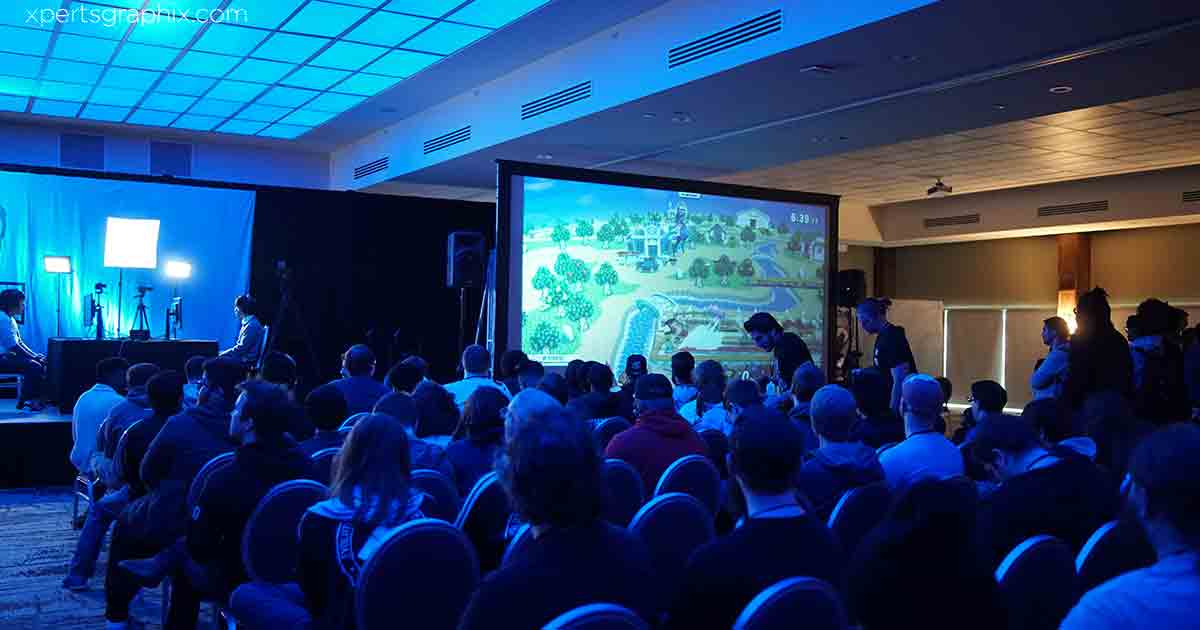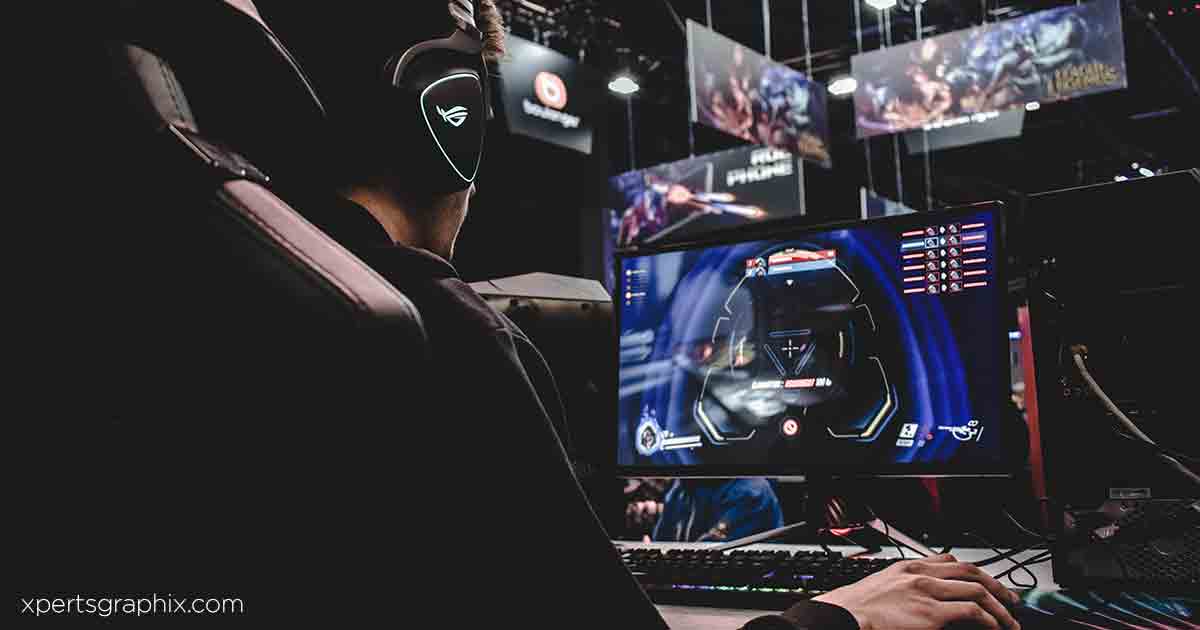Game design tips LEVEL DESIGN

GAME DESIGN TIPS FOR LEVEL DESIGN
GAME DESIGN TIPS LEVEL DESIGN
Level design plays a crucial role in shaping the overall gameplay experience in video games.
Well-designed levels can engage players, enhance immersion, and contribute to the overall success of a game.
This article provides valuable insights and practical tips for creating captivating and well-crafted levels that captivate players and enrich their gaming experience.
Understanding the Importance of Level Design
One cannot understate the significance of level design in video games.
A meticulously designed level has the potential to distinguish a game and leave a lasting impact on players.
Here are some key reasons level design is essential:
Creating Engaging and Immersive Gameplay
The primary purpose of level design is to create an engaging and immersive gameplay experience.
Levels should challenge players, introduce new mechanics, and maintain a sense of excitement and exploration throughout the game.
Guiding Player Progression
Level design acts as a guide, leading players through the game’s narrative and ensuring a smooth progression.
Well-designed levels gradually introduce new challenges, mechanics, and obstacles, allowing players to develop their skills and adapt to the increasing difficulty.
Enhancing Narrative and Storytelling
Levels can serve as a powerful storytelling tool.
Level design can immerse players in the game’s world and enhance the narrative experience through well-crafted environments, interactive elements, and strategic placement of objects and characters.
Defining the Objectives and Constraints
Before diving into level design, it is crucial to establish the objectives and constraints that will shape the design process.
Here are some important considerations:
Identifying Gameplay Goals
Clearly define the gameplay goals and objectives of the level.
Is the level meant to be challenging or focused on exploration?
Understanding the core gameplay mechanics and aligning the level design with these objectives is crucial.
Considering Technical Limitations
Account for technical limitations such as processing power, memory, and performance.
Optimize assets, textures, and level structure to ensure smooth gameplay and prevent technical issues.
Incorporating Artistic Direction
Collaborate with artists and art directors to align the level design with the game’s artistic vision.
Consider the visual style, color schemes, and mood to create visually appealing environments that complement the gameplay mechanics.
Research and Analysis
- Studying existing games and level design techniques is essential to understand what works well.
- Conduct research and analysis by following these steps:
- Studying Existing Games and Level Design Techniques
- Examine successful games in the same genre or with similar gameplay mechanics.
- Analyze their level design choices, player feedback, and critical reception to understand what makes them enjoyable and engaging.

Analyzing Player Feedback and Preferences
Consider feedback from players and the gaming community regarding level design in similar games.
Identify shared preferences, dislikes, and pain points to avoid pitfalls and incorporate player-centric design choices.
Understanding the Target Audience
Define the mark audience for your game and level design.
Consider factors such as age group, gaming experience, and preferences to tailor the level design to their expectations and abilities.
Creating a Solid Game Design Document
A comprehensive game design document serves as a roadmap for level design.
Here are key elements to include:
Establishing the Core Mechanics
Define the core mechanics that will shape the gameplay experience.
Whether it’s platforming, puzzle-solving, or combat, establish clear guidelines for how these mechanics will be used and integrated into level design.
Defining Level Flow and Structure
- Outline the flow and structure of the levels.
- Determine the sequence of challenges, pacing, and the overall progression players will experience.
- Ensure a balance between action-packed moments and restful periods.
- Documenting Puzzles, Challenges, and Obstacles
- Specify the puzzles, challenges, and obstacles players will encounter at each level.
- Document their mechanics, difficulty, and how they contribute to the gameplay experience.
Iterative Design Process
An iterative design process is vital to refine and improve levels.
Follow these steps to iterate effectively:
- Building Prototypes and Playtesting
- Create prototypes of levels and conduct playtesting sessions.
- Gather feedback from testers and observe how they interact with the environment.
- Identify areas that need improvement or modification.
- Gathering Feedback and Making Iterations
- Continuously seek feedback from players, developers, and other stakeholders.
Incorporate their suggestions and change the level design to enhance gameplay, balance, and overall experience.
Balancing Difficulty and Progression
- Ensure a smooth difficulty curve throughout the game. Gradually increase the challenge while allowing players to build their skills.
- Avoid sudden spikes in difficulty that may frustrate or discourage players.
- Balancing Visual Appeal and Gameplay Mechanics
- A balance between visual appeal and gameplay mechanics is crucial for an immersive experience.
Consider the following tips:
- Creating Visually Interesting Environments
- Design visually stunning environments that captivate players.
- Use color palettes, lighting, and textures to create a unique, engaging atmosphere that complements the gameplay.
Incorporating Interactive Elements
- Make levels interactive by incorporating elements that respond to player actions.
- It can include destructible objects, movable platforms, or hidden paths.
- Interactive features enhance engagement and add depth to the gameplay.
- Ensuring Gameplay and Aesthetics Harmonize
- Ensure that the visual elements and aesthetics of the level align with the gameplay mechanics.
- A seamless integration of visuals and gameplay enhances immersion and creates a cohesive experience.
Emphasizing Player Agency and Freedom
Empowering players with agency and freedom within the levels enriches their experience.
Consider:
Allowing Multiple Pathways and Choices
Design levels that provide players with multiple pathways and choices.
It encourages exploration, rewards curiosity, and gives players a sense of agency over their gameplay experience.
Rewarding Exploration and Experimentation
Incorporate hidden secrets, collectibles, or rewards to incentivize exploration.
Encourage players to experiment with diverse approaches to challenges and explore distinctive solutions.
Providing Opportunities for Player Creativity
Design levels that allow players to express their creativity and problem-solving skills.
Provide sandbox-like environments or tools enabling players to create solutions or strategies.
Designing Challenges and Pacing
Creating well-balanced challenges and maintaining suitable pacing is crucial for engaging gameplay.
Consider these aspects:
Gradually Increasing Difficulty
Ramp up the difficulty gradually to allow players to adapt and improve their skills.
Ensure a sense of accomplishment while avoiding frustration or overwhelming players with sudden spikes in difficulty.
Introducing New Mechanics and Concepts
Introduce new gameplay mechanics, obstacles, or challenges throughout the game.
Each level should build upon the previous ones, gradually expanding the player’s skillset and understanding of the game.
Balancing Action and Restful Moments
Alternate between action-packed moments and restful periods to maintain a dynamic and engaging experience.
Provide opportunities for players to reflect, strategize, or appreciate the game’s world and atmosphere.
Testing and Polishing
Thorough testing and polishing are essential to deliver a high-quality level design.
Follow these steps:
- Identifying and Fixing Bugs and Glitches
- Conduct rigorous testing to identify and fix any bugs, glitches, or technical issues that may affect gameplay.
- Assure a smooth and seamless experience for players.
- Fine-tuning Gameplay Elements
- Continuously fine-tune gameplay elements such as enemy placement, object interactions, or timing of events.
- Pay attention to detail and iterate on areas needing improvement or fine-tuning.
- Incorporating User Feedback
- Actively seek feedback from players, either through playtesting sessions or online communities.
- Analyze their feedback and integrate valuable suggestions to enhance the overall level of design.
Collaboration and Communication
Collaboration and effective communication are essential for successful level design.
Consider:
Working with Artists, Programmers, and Sound Designers
Collaborate closely with artists, programmers, and sound designers to ensure a cohesive and immersive experience.
Regular communication and feedback exchanges are vital for aligning the creative vision and technical aspects.
Maintaining Effective Communication Channels
Establish transparent and efficient communication channels with the development team.
Regular meetings, documentation, and feedback loops foster collaboration prevent misunderstandings, and ensure everyone is aligned.
Encouraging Feedback and Collaboration
Create a culture of feedback and collaboration within the development team.
Encourage open discussions, constructive criticism, and idea sharing to improve design iteratively.
The Role of Iteration in Level Design
Iteration is a continuous and essential process in level design.
Embrace:
- Continuously Improving and Refining Levels
- Levels should evolve and improve.
- Embrace a mindset of constant refinement, seeking ways to enhance the gameplay experience and addressing any shortcomings identified through playtesting and feedback.
- Learning from Player Experience and Feedback
- Pay attention to player experience and feedback.
- Analyze player behavior, playtesting results, and user reviews to gain insights and improve future-level designs.
- Embracing Iteration as an Essential Process
- Iteration is not a one-time task but an ongoing process throughout the development cycle.
- Embrace it as an opportunity for growth, creativity, and delivering the best possible levels to players.
Incorporating Accessibility Features
Designing levels with accessibility in mind ensures inclusivity and a broader player base.
Consider:
Designing for Diverse Player Abilities
Consider players with unique abilities and provide options to accommodate various playstyles.
Incorporate adjustable difficulty levels, control customization, and visual/audio cues to make the game accessible to a broader audience.
Providing Customizable Difficulty Options
Allow players to customize difficulty settings to suit their preferences and skill level.
Providing options such as adjustable enemy AI, health modifiers, or help systems ensures players can enjoy the game at their comfort level.
Ensuring Clear Visual and Auditory Cues
Design levels with clear visual and auditory cues to assist players in understanding gameplay mechanics, objectives, and navigation.
Accessibility features like subtitles, colorblind mode, and audio descriptions can significantly improve the experience for players with specific needs.
Optimizing Performance and Loading Times
Optimizing performance and reducing loading times are crucial for a smooth gaming experience.
Consider:
Streamlining Assets and Textures
Optimize assets, textures, and models to reduce file size and improve performance.
Use compression techniques, efficient rendering pipelines, and asset streaming to minimize load times and ensure a seamless gameplay experience.
Implementing Efficient Level Streaming
Implement level streaming techniques to load and unload portions of the level dynamically.
It reduces memory usage, shortens loading times, and allows more significant and more detailed environments.
Considering Hardware Limitations
Account for hardware limitations of target platforms.
Optimize the level design to ensure smooth gameplay and performance, even on lower-end devices or consoles.
Conclusion
Creating exceptional-level design is a multifaceted process that requires careful planning, collaboration, and iteration.
By understanding the importance of level design, defining objectives and constraints, conducting research, and incorporating player feedback, developers can craft engaging, immersive, and memorable gameplay experiences.
Remember to balance gameplay mechanics and visual appeal, emphasize player agency and freedom, and incorporate accessibility features to ensure inclusivity.
By following these game design tips for level design, developers can elevate their games to new heights.
Game design tips LEVEL DESIGN
(FAQs)
Q1: How can I make my levels more challenging without frustrating the players?
Design challenges that gradually increase in difficulty, provide clear goals and allow players to learn and improve their skills.
Playtesting and gathering player feedback will help identify and balance the challenge level.
Q2: What software tools are commonly used in level design?
Commonly used level design tools include:
- Game engines like Unity and Unreal Engine.
- 3D modeling software like Blender or Autodesk Maya.
- Level editors specific to certain games.
Q3: How important is storytelling in level design?
Storytelling in level design can enhance immersion, create emotional connections, and drive player engagement.
It helps convey the game’s narrative, world-building, and character development.
Q4: Can level design impact player retention?
Yes, well-designed levels with engaging gameplay, meaningful challenges, and a sense of progression can significantly impact player retention.
Players are likelier to continue playing and complete a game with well-designed levels.
Q5: How can I ensure my levels appeal to a broad audience?
Consider the preferences and abilities of your target audience.
Conduct research, gather feedback, and incorporate accessibility features to accommodate a diverse range of players and create an inclusive gaming experience.\




